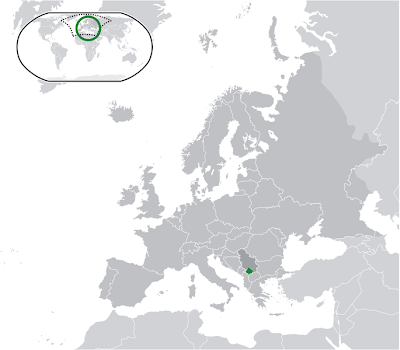 The Pitcairn Islands (pronounced /ˈpɪtkɛən/; Pitkern: Pitkern Ailen), officially named the Pitcairn, Henderson, Ducie and Oeno Islands, are a group of four volcanic islands in the southern Pacific Ocean. The islands are a British overseas territory (formerly a British colony), the last remaining in the Pacific. The names of the islands are Pitcairn, Henderson, Ducie, and Oeno; only Pitcairn, the second largest, is inhabited.
The Pitcairn Islands (pronounced /ˈpɪtkɛən/; Pitkern: Pitkern Ailen), officially named the Pitcairn, Henderson, Ducie and Oeno Islands, are a group of four volcanic islands in the southern Pacific Ocean. The islands are a British overseas territory (formerly a British colony), the last remaining in the Pacific. The names of the islands are Pitcairn, Henderson, Ducie, and Oeno; only Pitcairn, the second largest, is inhabited.The islands are best known as home of the descendants of the Bounty mutineers and the Tahitians who accompanied them, an event retold in numerous books and films. This story is still apparent in the surnames of many of the islanders. With only 50 inhabitants (from nine families), Pitcairn is also notable for being the least populated jurisdiction in the world (although it is not a sovereign nation). The United Nations Committee on Decolonisation includes the Pitcairn Islands on the United Nations list of Non-Self-Governing Territories.




















